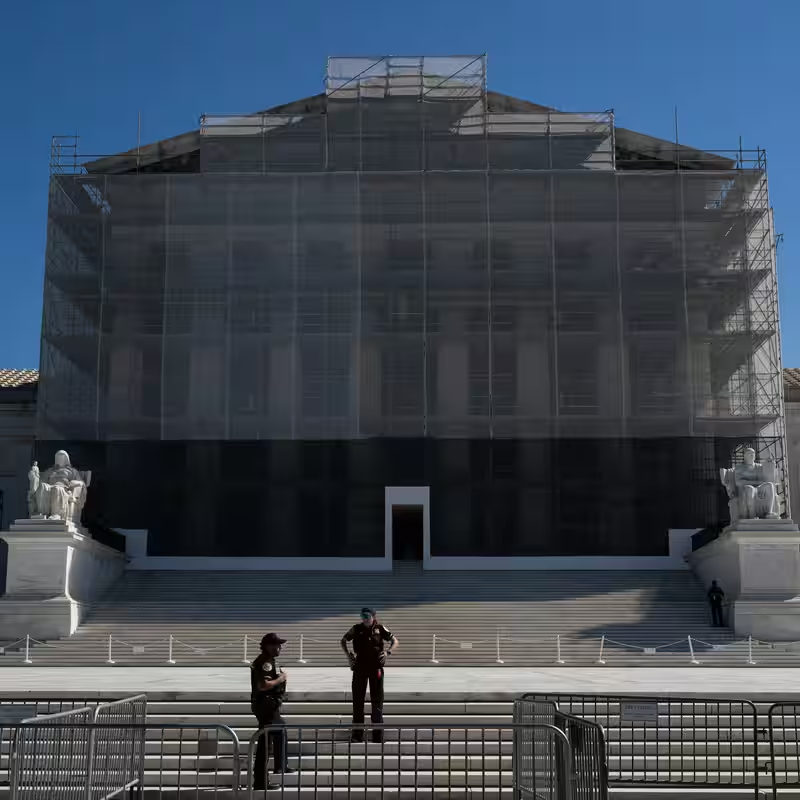In a dramatic twist that’s rattling legal circles, a leading originalist scholar—whose past work has been repeatedly cited by conservative Supreme Court justices—has dropped a “bombshell” critique of the unitary executive theory, just as the Court prepares to hear a pivotal case on presidential power.
The case, set for oral arguments in December 2025, centers on whether former President Donald Trump (and by extension, any sitting president) can fire federal officials at will—even when Congress has passed laws specifically designed to protect those positions from political interference.
What Is the Unitary Executive Theory?
The unitary executive theory argues that the U.S. Constitution grants the president sole authority over the entire executive branch. Under this view, any law that limits the president’s ability to hire or fire agency heads, inspectors general, or other officials is unconstitutional.
For years, this theory has been championed by conservative legal thinkers and embraced by the Court’s six-justice conservative majority. Recent rulings have chipped away at longstanding civil service protections, suggesting the justices are ready to go even further.
Enter the Originalist Wild Card
But now, a new article by a prominent originalist law professor—whose scholarship has shaped opinions by Justices Clarence Thomas, Neil Gorsuch, and Brett Kavanaugh—challenges the historical foundation of the theory itself.
According to the scholar’s exhaustive review of 18th-century records, Founding-era practices, and early congressional debates, the framers did not intend for the president to wield unchecked removal power. In fact, early Congresses routinely imposed limits on presidential firing authority—without constitutional objection.
“If the original public meaning doesn’t support the unitary executive, then the entire conservative legal edifice collapses,” said one constitutional law professor who asked not to be named.
Why This Case Matters
The upcoming Supreme Court case could redefine the balance of power in Washington. At stake are dozens of independent agencies and watchdog roles—from the Federal Reserve Board to the Special Counsel’s office—that rely on statutory protections to operate free from political retaliation.
If the Court rules broadly in Trump’s favor, presidents could gain near-total control over enforcement of laws, from environmental regulations to financial oversight.
Timeline of Key Developments
| Year | Event |
|---|---|
| 1789 | First Congress debates presidential removal power; no consensus reached |
| 1935 | Supreme Court upholds limits on firing FTC commissioners (Humphrey’s Executor v. U.S.) |
| 2020 | Court weakens for-cause removal protections in Seila Law v. CFPB |
| 2025 (Dec) | Oral arguments scheduled in Trump firing power case |
Conservative Legal World in Disarray
The originalist critique has sparked intense debate within right-leaning legal circles. The Federalist Society, which once treated the unitary executive as dogma, is now hosting panels titled “Reassessing Removal Power.”
Some justices may feel pressured to reconcile their originalist commitments with this new evidence—potentially narrowing their ruling or even voting against the expected outcome.
What Happens Next?
All eyes will be on the December arguments. Legal analysts say the Court could:
- Issue a sweeping ruling affirming near-absolute presidential firing power
- Carve out narrow exceptions based on agency function
- Delay or punt the decision, citing the new scholarly debate
Whatever the outcome, the bombshell article has already reshaped the conversation—proving that even in the age of entrenched ideology, history can still surprise us.
Sources
New York Times: Originalist ‘Bombshell’ Complicates Case on Trump’s Power to Fire Officials




